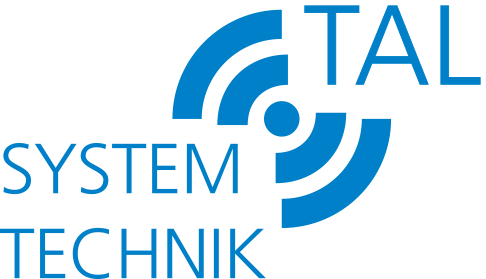Exploring International Standards and Regulations for Acoustic Damping
Acoustic damping plays a crucial role in creating peaceful environments by reducing noise pollution. Whether it is in buildings, vehicles, or industrial machinery, effective acoustic damping techniques are essential to minimize unwanted sound transmission and enhance overall comfort. With the growing concern for noise pollution, many countries have established international standards and regulations to ensure the effectiveness and safety of acoustic damping solutions. In this article, we will delve into the importance of these standards and regulations and how they impact the field of “akustische dämmung” or acoustic damping.
International standards and regulations provide a framework for manufacturers, engineers, and designers to develop acoustic damping solutions that meet certain specifications and guidelines. These standards help ensure consistency, reliability, and quality in the products and systems related to acoustic damping. By complying with these standards, manufacturers can gain the trust and confidence of customers and end-users.
One of the well-known international standards in the field of “akustische dämmung” is ISO 10140, which deals with measurement methods for airborne sound insulation and evaluation of sound absorption. This standard provides guidelines for measuring sound insulation performance and quantifying the effectiveness of different building materials or structures in reducing airborne noise transmission.
Another important standard is ISO 11654, which deals with the evaluation of sound insulation materials and systems. This standard sets forth guidelines for determining the sound absorption performance of various materials, including for the purpose of “akustische dämmung.” It outlines the test methods, procedures, and calculation methods for evaluating the sound absorption properties of different materials.
Additionally, there are specific regulations and guidelines established by individual countries or regions. For example, the European Union has its own set of regulations known as the CE marking, which ensures that acoustic damping products meet specific safety, performance, and environmental standards. The CE marking is mandatory for products sold within the European Economic Area.
These international standards and regulations not only guarantee the quality and safety of acoustic damping products but also aid in reducing environmental impact. By setting limits on sound transmission and requiring specific performance criteria, these standards contribute to creating quieter and more comfortable living and working environments.
In conclusion, exploring international standards and regulations for acoustic damping, or “akustische dämmung,” helps understand the importance and impact of these guidelines in the field. These standards ensure consistent quality, reliability, and safety in acoustic damping solutions while addressing the growing concerns of noise pollution. By complying with these standards, manufacturers and designers can meet the expectations of customers across the globe and contribute to sustainable and peaceful environments.
************
Want to get more details?
TAL Systemtechnik GmbH
https://www.tal-systemtechnik.de/
+49 7731 68405
Byk-Gulden-Straße 36, 78224 Singen
TAL Systemtechnik GmbH – Wir produzieren und liefern Ihnen konfektionierte Dämmstoffe nach Maß, Akustische Dämmung zur Schallisolierung, den TL flexibler Abgasschlauch hitzebeständig und diverse Schallschutzvorhänge für die Industrie.

